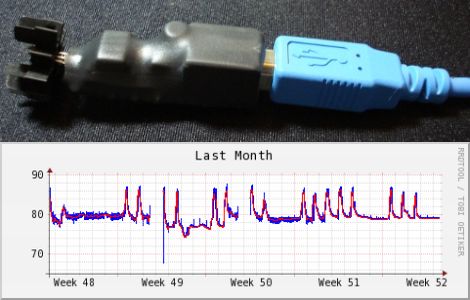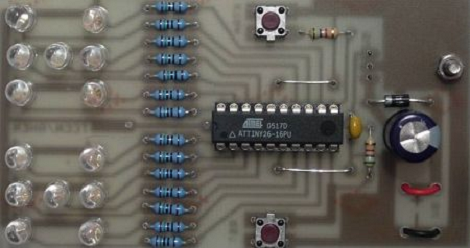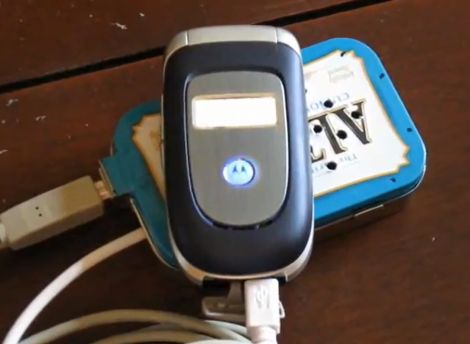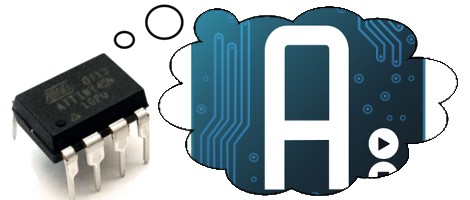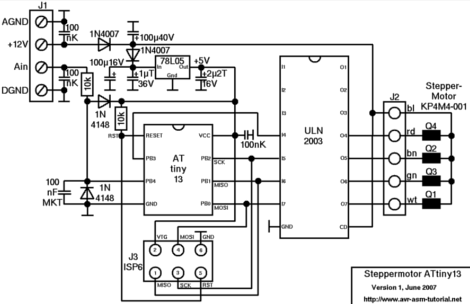
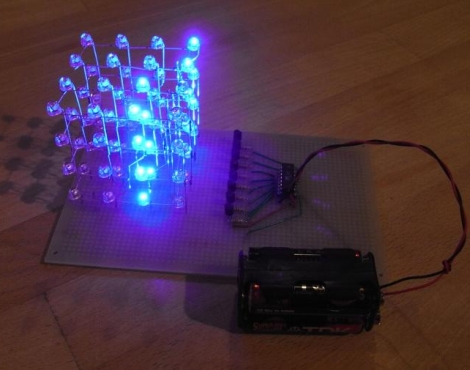
[Tom] recently started experimenting with Charlieplexing, and wrote in to share the 4x4x4 cube he built with an ATtiny24. Similar to this minimalist 4x4x4 LED cube we featured the other day, [Tom’s] version attempts to use the least pins possible to drive the LEDs, but in a different manner.
[Tom] didn’t want to sacrifice brightness, so he decided that the LEDs would have a 1/8 duty cycle. The problem is that the ATtiny’s I/O ports can’t support that kind of current so he needed a different means of driving the LEDs. Rather than employ any sort of shift register to control the LEDs, he opted to exclusively use transistors as he had done in previous projects.
For his Charlieplexed cube to use a total of 9 I/O pins he had to get creative with his design. He broke each level of the structure into two non-connected groups of LEDs, utilizing diagonal interconnects to get everything wired up properly.
It seems to work quite nicely as you can see in the video below. While it uses two more I/O lines than the other ATtiny cube we featured recently, we love the simple, shift register-less design.
Continue reading “ATtiny Hacks: ATtiny-controlled 4x4x4 LED Cube Has A Unique Design”


